Africa is home to some of the most diverse and breathtaking wildlife sanctuaries in the world. These sanctuaries not only offer a haven for endangered species but also provide visitors with a unique glimpse into the continent’s rich biodiversity. Here are 17 unique wildlife sanctuaries in Africa that stand out for their distinctive characteristics and conservation efforts.
Maasai Mara National Reserve, Kenya
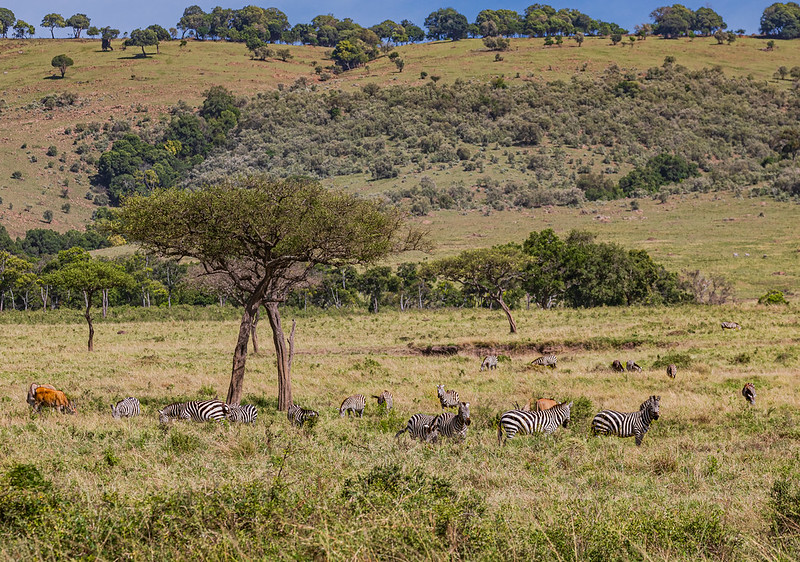
Maasai Mara is famous for the Great Migration, where millions of wildebeests, zebras, and gazelles cross the Mara River. The reserve also hosts the Big Five: lions, elephants, leopards, rhinos, and buffaloes. Its open savannahs make it easy to spot wildlife. The Maasai people, who live nearby, add a rich cultural dimension to the experience.
Bwindi Impenetrable Forest, Uganda
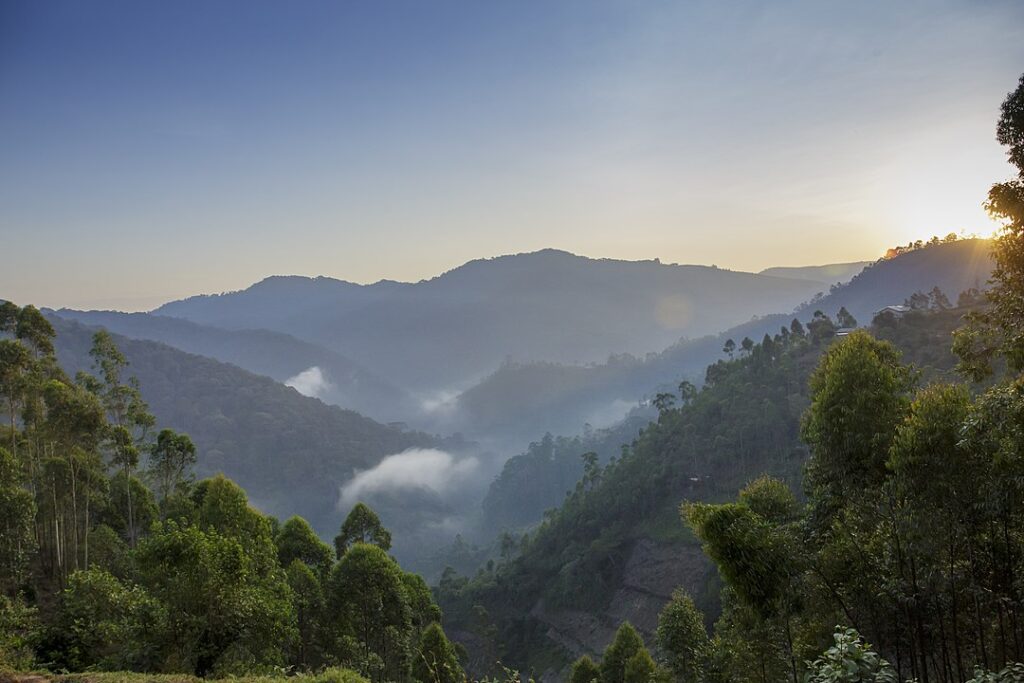
Bwindi is one of the few places in the world where you can see mountain gorillas in their natural habitat. The sanctuary is home to almost half of the world’s mountain gorilla population. The dense rainforest provides a unique trekking experience. Conservation efforts here focus on protecting these critically endangered primates.
Etosha National Park, Namibia
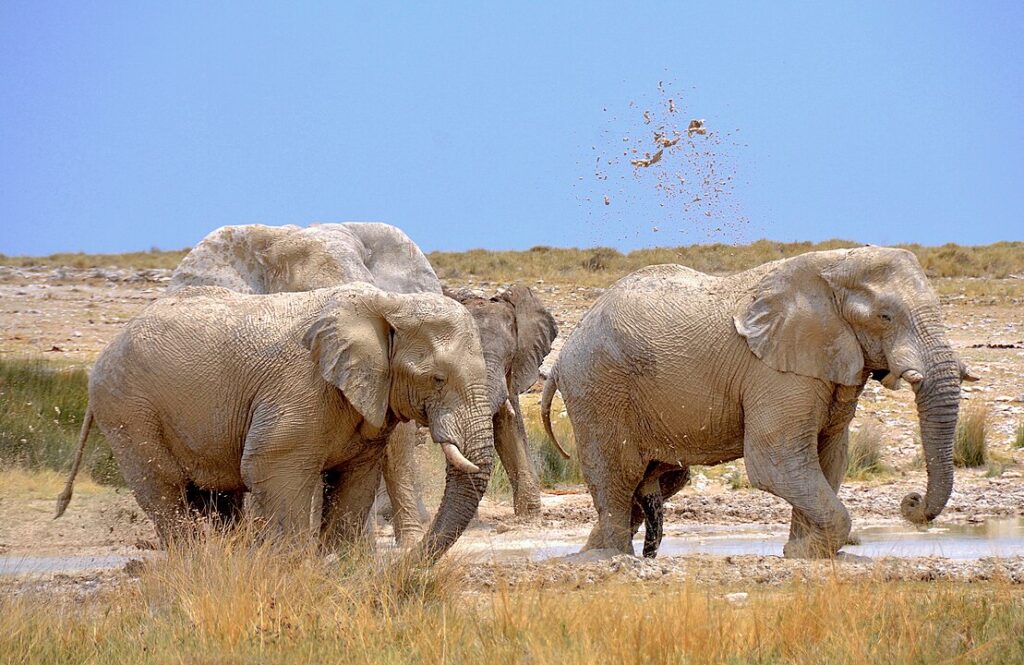
Etosha is known for its vast salt pan, which can be seen from space. The park is home to several endangered species, including the black rhino and cheetah. Waterholes scattered throughout the park offer incredible wildlife viewing opportunities, especially during the dry season. The stark landscape contrasts beautifully with the vibrant wildlife.
Serengeti National Park, Tanzania
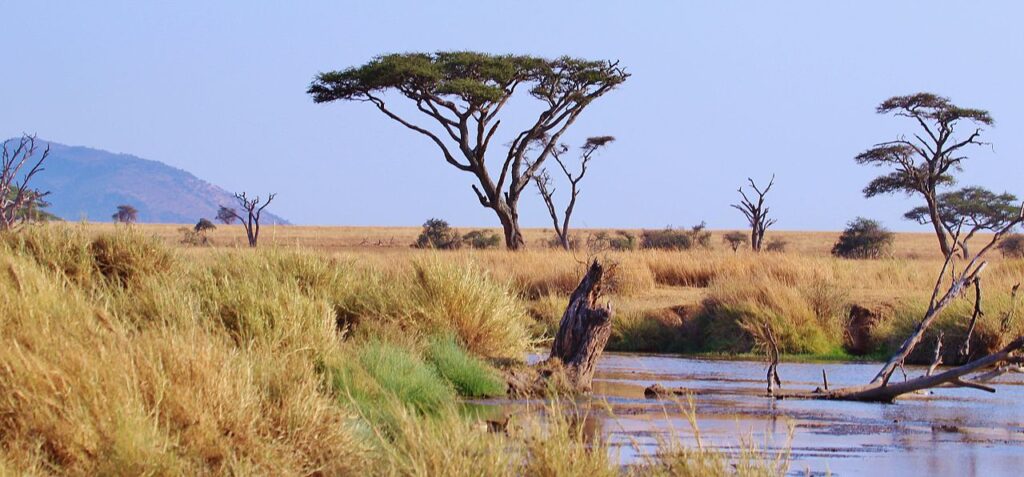
Serengeti is synonymous with the Great Migration, but it also boasts some of the oldest ecosystems on Earth. The park’s plains are home to a high density of predators like lions and cheetahs. Visitors can experience different habitats, from riverine forests to kopjes. Serengeti’s conservation efforts are vital for maintaining the balance of its unique ecosystem.
Okavango Delta, Botswana
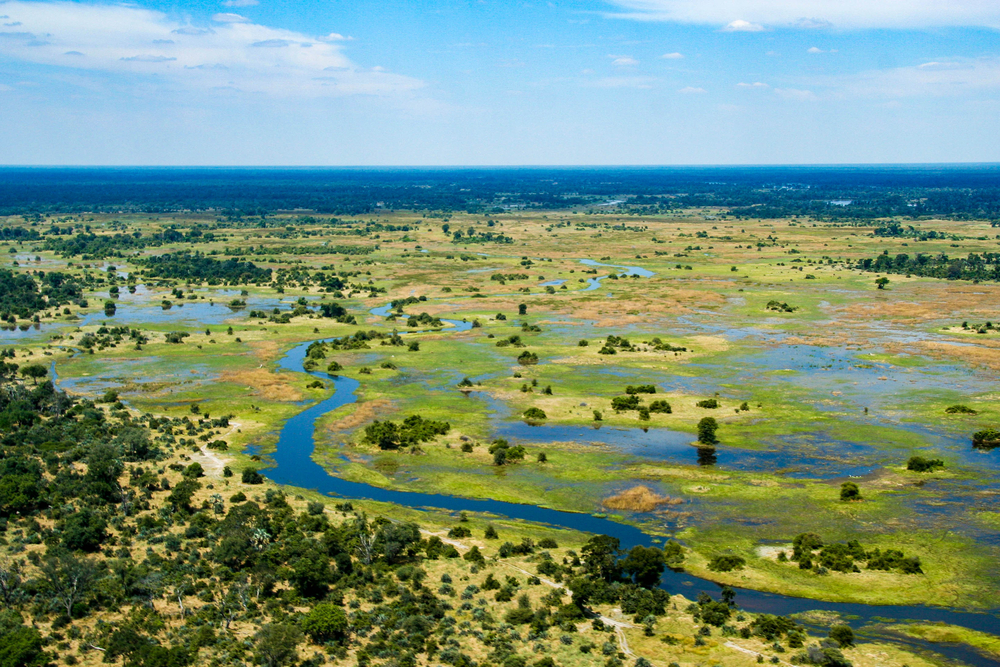
The Okavango Delta is a UNESCO World Heritage site and one of the largest inland deltas in the world. Its unique feature is the seasonal flooding that creates a lush oasis in the desert, attracting a wide variety of wildlife. The delta is home to large populations of elephants and hippos. Visitors can explore the waterways by traditional mokoro canoes.
Ngorongoro Crater, Tanzania
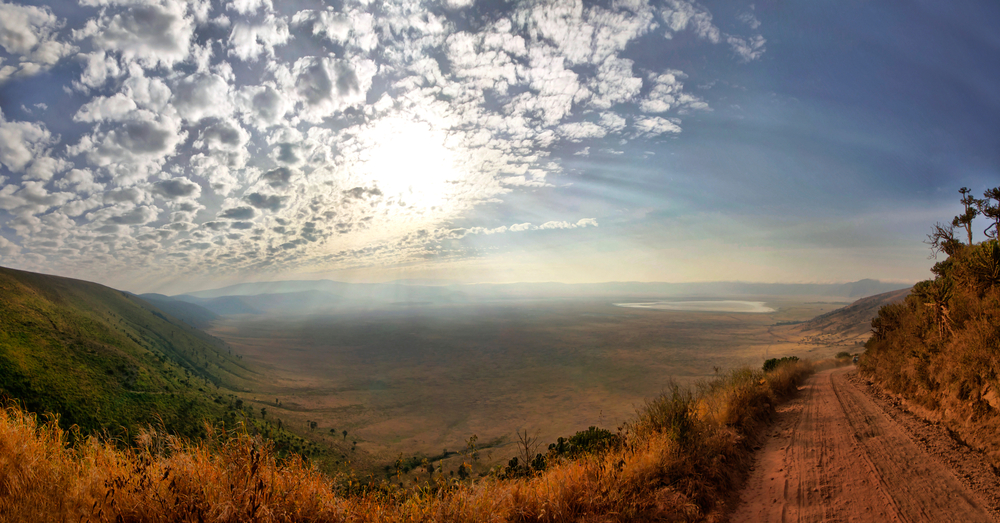
Ngorongoro Crater is the world’s largest intact volcanic caldera and a natural enclosure for wildlife. The crater floor hosts nearly 30,000 animals, including the rare black rhino. The diverse habitats within the crater walls create a microcosm of East African wildlife. It’s also a UNESCO World Heritage site, emphasizing its global importance.
Kruger National Park, South Africa
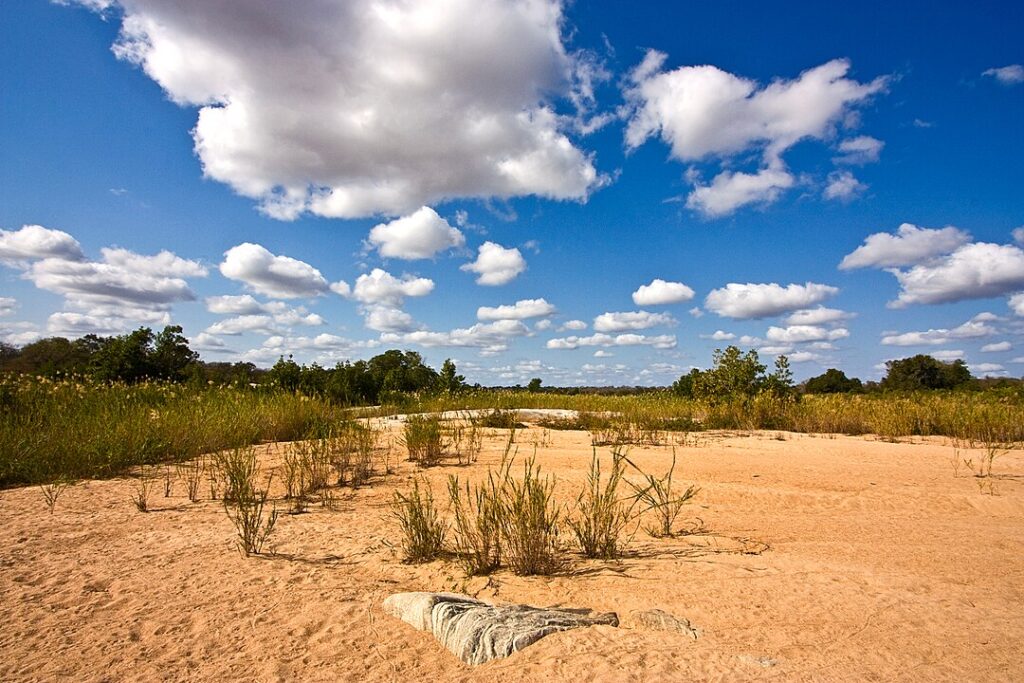
Kruger is one of Africa’s largest and oldest national parks. It offers a remarkable diversity of wildlife, including the Big Five and over 500 bird species. The park’s infrastructure makes it accessible for self-drive safaris. Kruger’s anti-poaching efforts are crucial in protecting its rhino population.
Virunga National Park, Democratic Republic of Congo
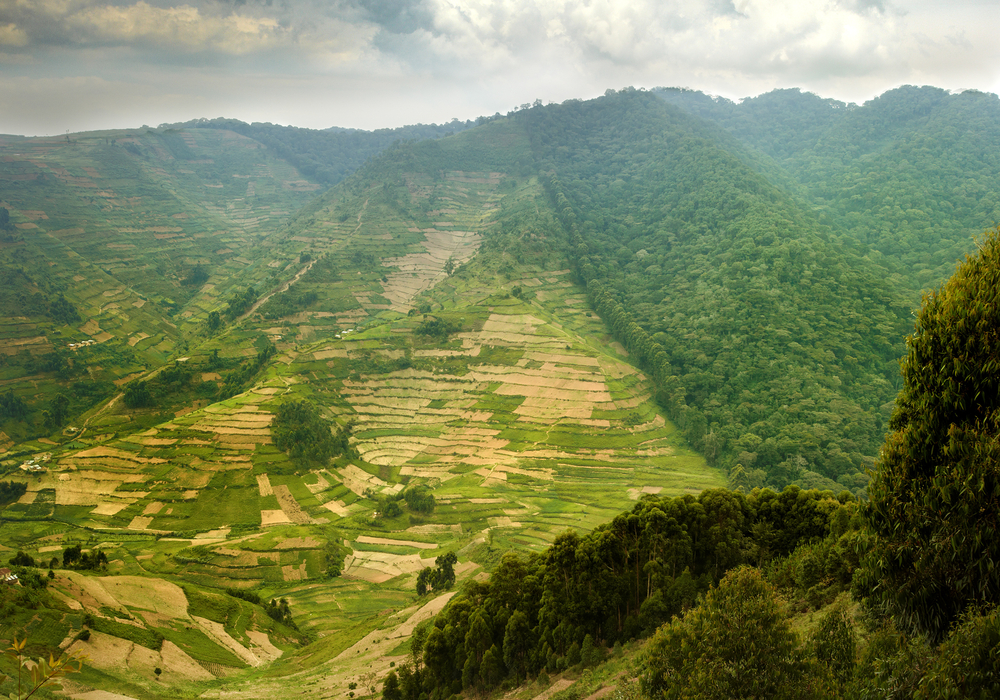
Virunga is Africa’s oldest national park and home to endangered mountain gorillas. The park’s landscape includes active volcanoes, savannas, and dense forests. Conservation in Virunga focuses on protecting gorillas and mitigating the effects of civil unrest. The park is a testament to the resilience of both wildlife and the people working to protect it.
Amboseli National Park, Kenya
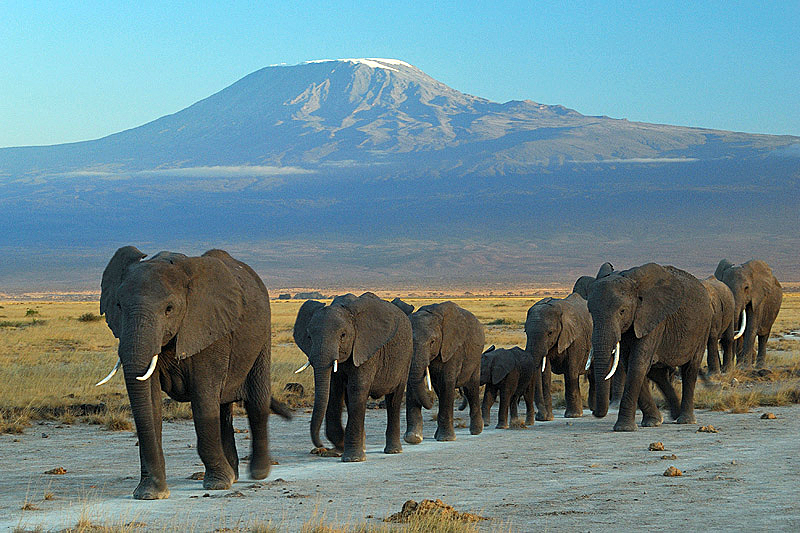
Amboseli is renowned for its large elephant herds and stunning views of Mount Kilimanjaro. The park’s open plains provide excellent opportunities for wildlife photography. Swamps fed by melting snow from Kilimanjaro sustain the park’s diverse wildlife. Amboseli is also a key area for elephant research and conservation.
Kidepo Valley National Park, Uganda
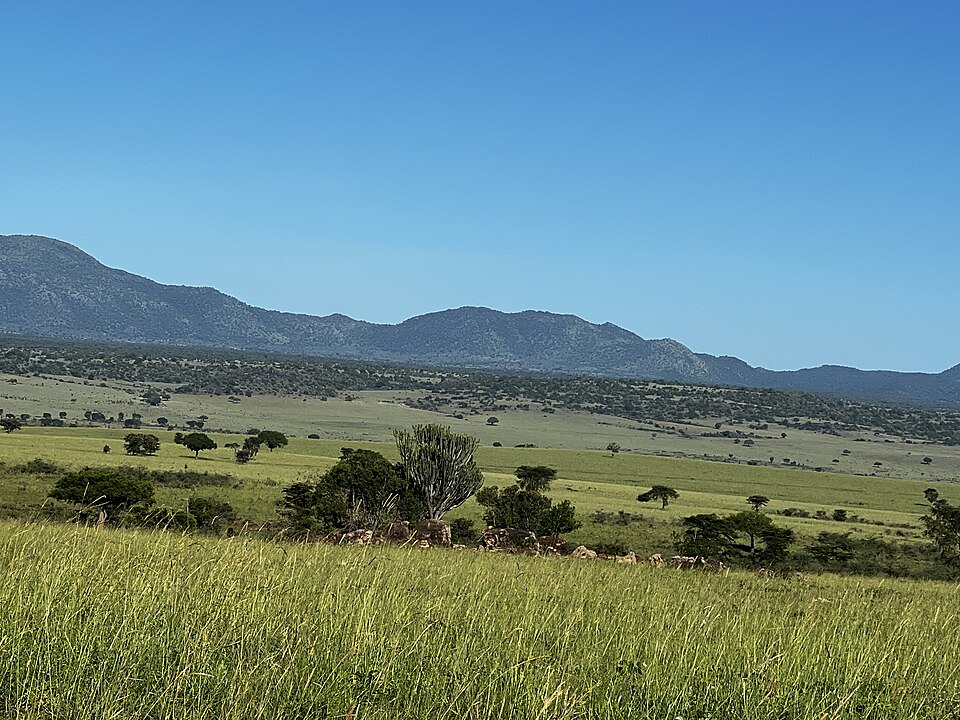
Kidepo is one of Africa’s most remote and least visited parks, offering an off-the-beaten-path experience. The park’s rugged landscape is home to unique species like the cheetah and caracal. Its isolation has helped preserve the area’s natural beauty and wildlife. Visitors can experience true wilderness without the crowds.
Addo Elephant National Park, South Africa
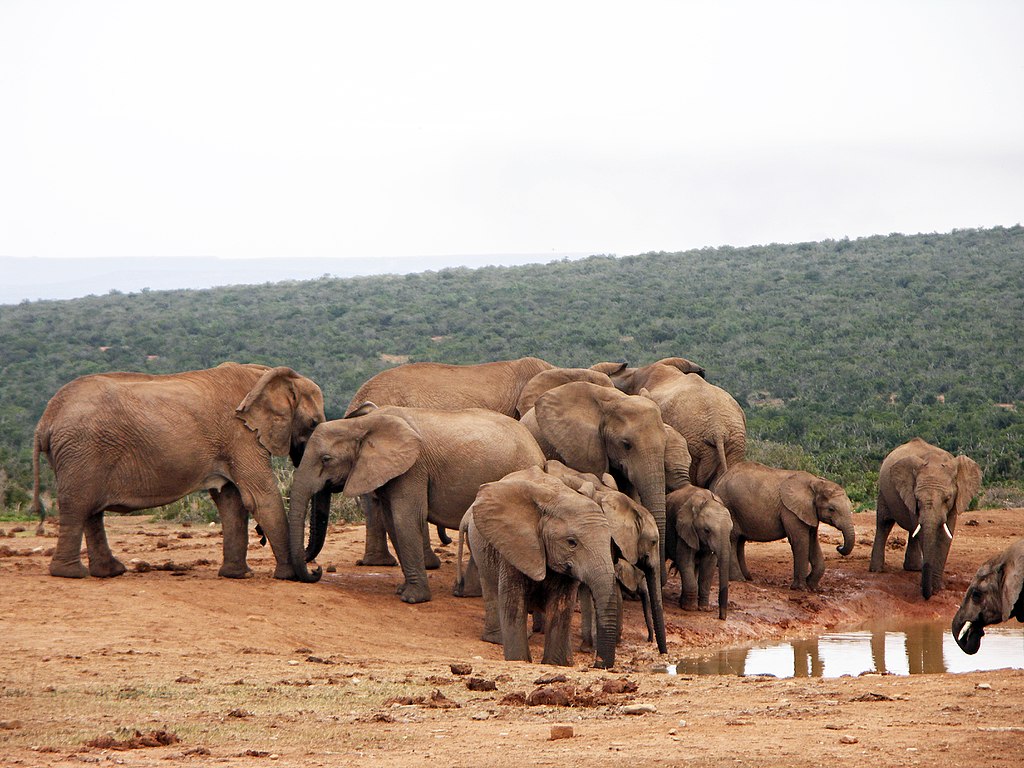
Addo is known for its dense elephant population, with over 600 elephants roaming the park. The park also protects other species, including the endangered black rhino and the flightless dung beetle. Addo’s conservation efforts have successfully expanded to include a marine reserve. This makes it one of the few places where you can see the Big Seven (adding the great white shark and southern right whale to the Big Five).
Hwange National Park, Zimbabwe
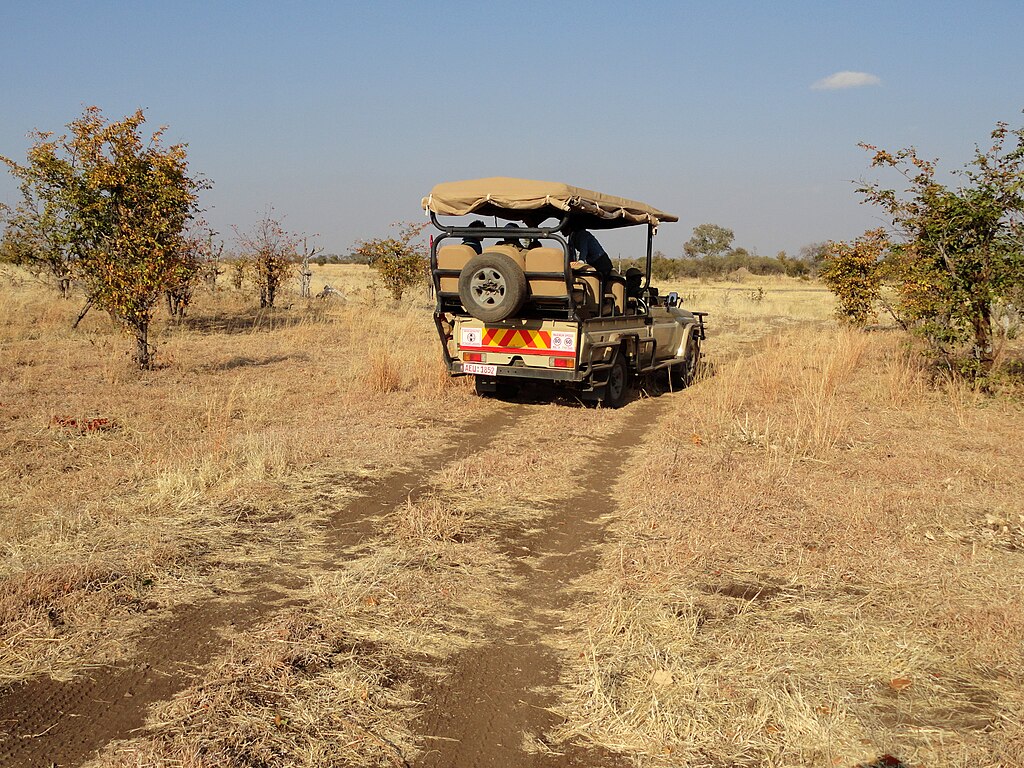
Hwange is Zimbabwe’s largest national park, famous for its elephant population and diverse wildlife. The park’s vast wilderness is home to over 100 species of mammals and 400 species of birds. Hwange is also a crucial area for African wild dog conservation. The park’s waterholes attract wildlife during the dry season, offering great viewing opportunities.
Simien Mountains National Park, Ethiopia
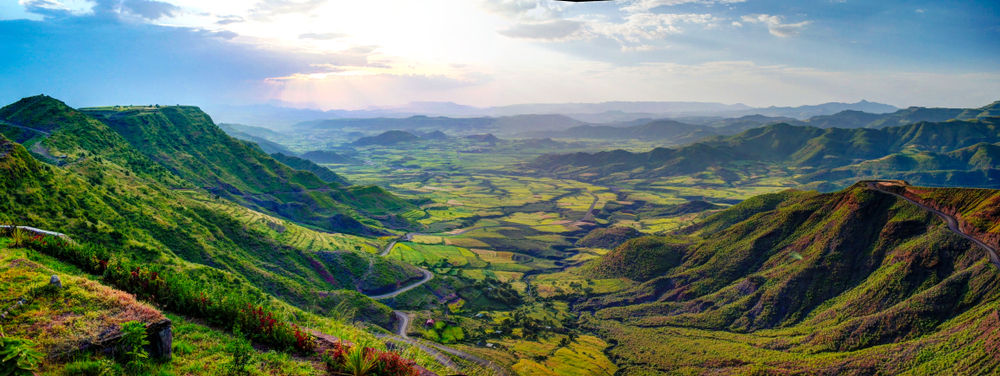
Simien Mountains is a UNESCO World Heritage site known for its dramatic landscapes and endemic species. The park is home to the Ethiopian wolf, gelada baboon, and Walia ibex, all found nowhere else on Earth. The jagged mountain peaks and deep valleys offer breathtaking scenery. Trekking through Simien provides a unique combination of wildlife and stunning views.
Gabon National Parks, Gabon
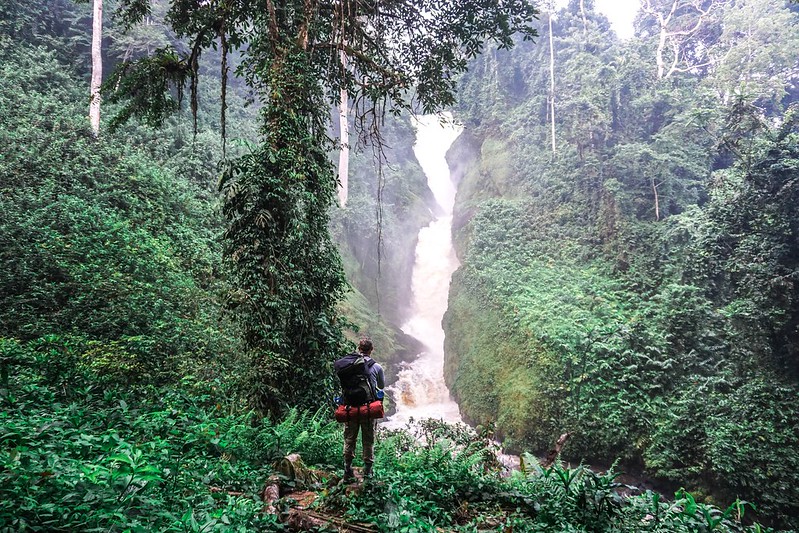
Gabon is home to 13 national parks, covering over 10% of the country, with a focus on preserving its rainforests and wildlife. The parks protect endangered species like the forest elephant and western lowland gorilla. Gabon’s commitment to conservation has made it a leader in Central African eco-tourism. Visitors can explore unspoiled rainforests, pristine beaches, and diverse wildlife.
Selous Game Reserve, Tanzania
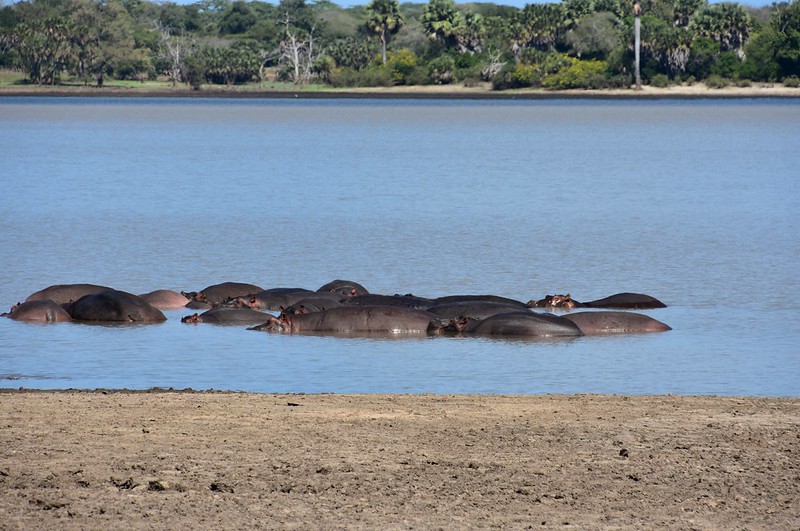
Selous is one of the largest protected areas in Africa, known for its vast wilderness and diverse ecosystems. The reserve is home to large populations of elephants, hippos, and African wild dogs. Selous offers unique experiences, like boat safaris on the Rufiji River. The reserve’s size and remoteness provide a true sense of adventure.
Lake Nakuru National Park, Kenya
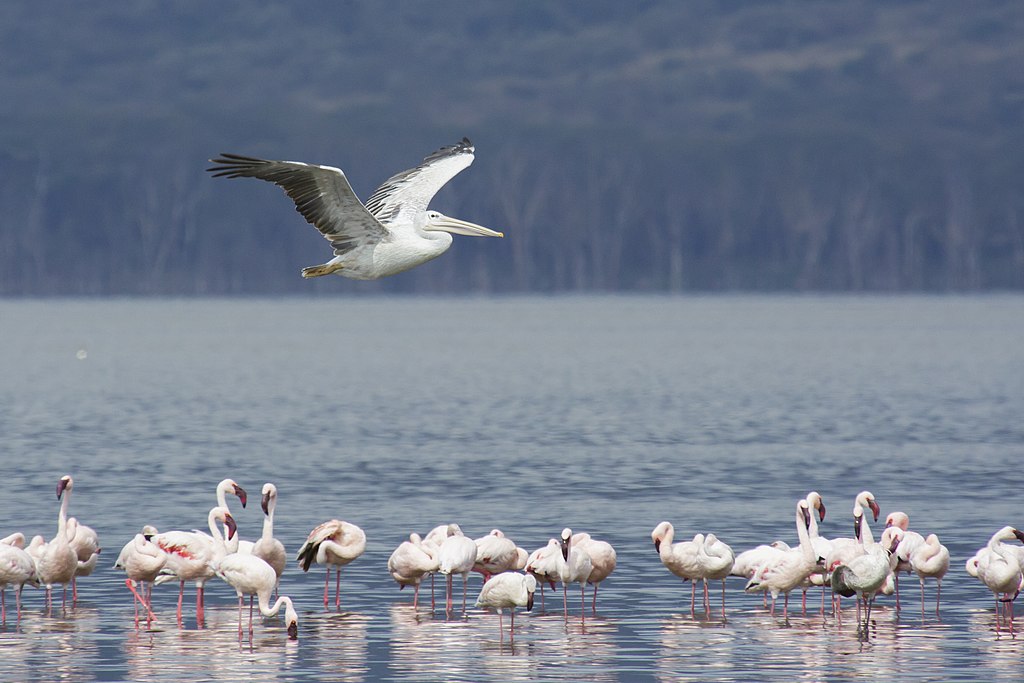
Lake Nakuru is famous for its flamingo population, which can number in the millions when conditions are right. The park also hosts rhinos, giraffes, and waterbucks. The alkaline lake attracts a wide variety of bird species, making it a birdwatcher’s paradise. The park’s conservation efforts have successfully reintroduced endangered species like the Rothschild giraffe.
Tsavo National Parks, Kenya
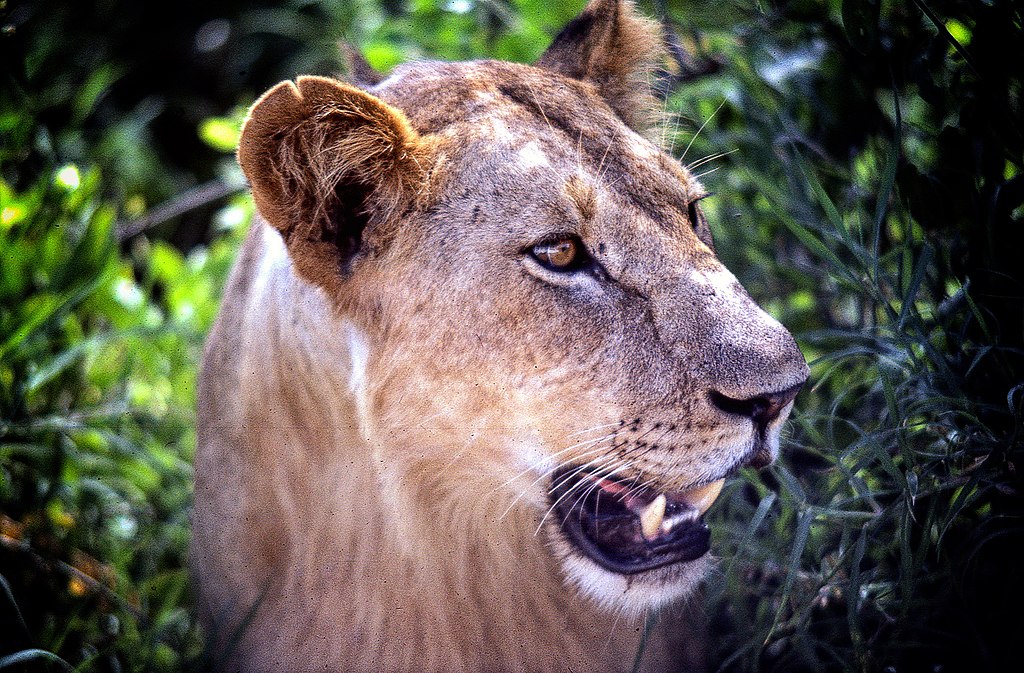
Tsavo East and Tsavo West together form one of the largest national park areas in Kenya. Tsavo is known for its red elephants, which get their color from the park’s red soil. The park’s diverse landscapes range from open savannah to volcanic hills. Tsavo is also famous for the maneless lions, which have a unique history in the area.
This article originally appeared on UnifyCosmos.
More from UnifyCosmos
18 Tips for Female Empowerment in the Workplace

Here are some practical tips to empower you and help you navigate the workplace with confidence and success. Read more!
25 Tech Titans Who Found Success Without a College Degree

This article explores the stories of tech moguls who left academia behind to build empires and reshape the future. Read more!
20 Common Misunderstandings About Human Anatomy

In this article, we’ll debunk some of the most widespread misunderstandings about human anatomy, shedding light on the truths behind these myths. Read more!
Leave a Reply